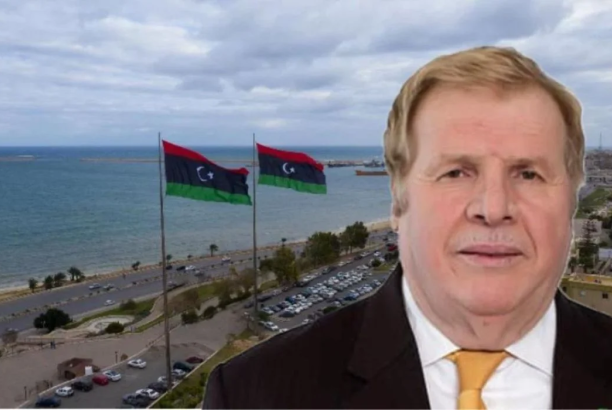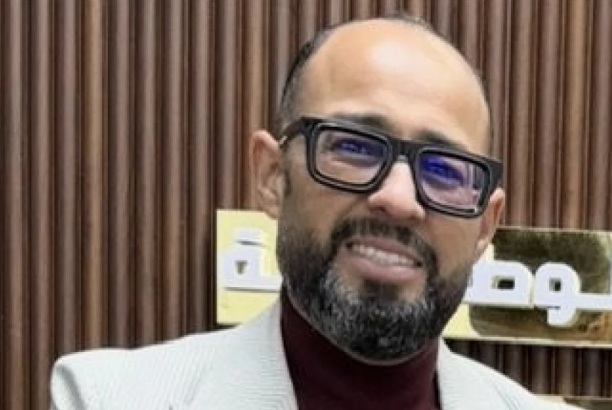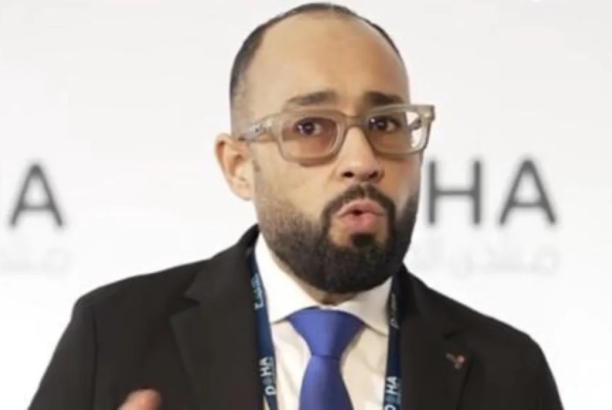
| Economic articles
Al-Amin: From Hoarding Reserves to Building a Productive Economy — A Vision for Managing Monetary Policy in Libya
Written by Economics Professor Anas Al-Amin:
The Central Bank of Libya recently announced a notable increase in foreign reserves — a clear indicator of improved management of external assets and the restoration of a degree of monetary stability. These figures reflect the bank’s success in managing oil revenues and efficiently employing them within the tools of monetary policy, thereby reinforcing confidence in the banking sector and demonstrating the state’s ability to protect its external financial position.
However, this improvement — despite its importance — should not be viewed as an end in itself, but rather as a means to achieve broader economic objectives: financial stability, real growth, and sustainable development. Reserves are not silent wealth to be stored, but an active instrument to strengthen the national economy and enhance its resilience against internal and external shocks.
From Gold to Economic Fundamentals
It is worth recalling that since the 1970s, the world has abandoned the Gold Standard System, and the strength of a currency has since depended on economic fundamentals — namely: domestic production, trade balance, fiscal discipline, and the efficiency of monetary policy.
In other words, holding gold or foreign currencies is no longer a guarantee of a strong currency unless accompanied by a productive economy capable of generating added value. Thus, the accumulation of reserves alone does not create development; rather, it serves as a means to build confidence, manage crises, and finance the structural transformation toward a diversified and sustainable economy.
Regional Comparison: Jordan and Tunisia as Examples
Jordan: Stability through Discipline and Coordination
Jordan’s experience demonstrates how a small country can achieve long-term monetary and financial stability despite limited resources. The Central Bank of Jordan has maintained foreign reserves exceeding USD 17 billion — covering about seven to eight months of imports, a figure above the internationally recommended level.
This success was achieved through close coordination between monetary and fiscal policy, disciplined deficit management, and maintaining credibility in its fixed exchange rate regime.
In Jordan, reserves are managed as a confidence-building tool for the currency and a stabilizing force for markets — not as a metric for boasting or accumulating numbers.
Tunisia: Lessons from Losing Balance
Conversely, Tunisia’s experience illustrates the risks stemming from structural weaknesses in the productive base. In recent years, Tunisia’s reserves have declined under the pressure of a chronic trade deficit and rising import bills, leading to the depreciation of the Tunisian dinar and soaring inflation.
This case shows that even large reserves cannot shield a currency if not backed by coherent production and export policies. The monetary system does not operate in isolation; it is directly shaped by the effectiveness of the real economy.
Libya: An Opportunity to Move from Abundance to Smart Utilization
In Libya’s case, the rise in foreign reserves reflects better management of external assets thanks to stable oil prices and stricter liquidity and reserve management by the Central Bank.
Unlike Jordan and Tunisia, Libya enjoys a unique advantage: financial abundance with minimal external liabilities. This gives it a rare opportunity to shift from passive financial accumulation to productive economic deployment.
Ample reserves provide the CBL with flexibility in managing the exchange rate through adopting a Managed Float System, where the central bank intervenes — in coordination with the government — when the exchange rate exceeds certain thresholds (for example, 8 LYD per USD) to stabilize the market and prevent sharp fluctuations.
This model offers a smart balance between market flexibility and price stability, allowing monetary policy greater maneuverability without undermining public confidence in the national currency.
Combating Inflation and Protecting Purchasing Power
Monetary stability is not measured solely by the ability to defend the exchange rate, but also by the capacity to curb inflation — which erodes income and weakens purchasing power.
Allocating part of the reserves’ returns to fund social protection programs for low-income households and subsidizing essential goods is vital to achieving social stability alongside financial stability.
Ultimately, monetary stability cannot endure unless citizens experience its positive impact in their daily lives.
Toward Policy Harmony
Achieving balance between monetary and fiscal policies is the cornerstone of any economic reform.
While the Central Bank of Libya possesses a strong financial base, transforming it into an engine for growth requires clear institutional coordination with the government — directing resources toward infrastructure investment, supporting productive sectors, and financing the transition to a diversified, less oil-dependent economy.
Foreign reserves can evolve from being merely a “safety valve” into a driver of development, if employed to build confidence in the currency, stimulate domestic production, and fund structural reforms that enhance Libya’s economic competitiveness.
The Way Forward
The accumulation of foreign reserves is not the end of the road — but its beginning.
Real strength lies not in the size of the reserves, but in their effective utilization to serve the national economy.
Regional experiences show that countries achieving a balance between monetary stability and real growth are those that treat their reserves as dynamic instruments, not as static savings.
Today, Libya stands at a rare crossroads to redefine its monetary policy on modern foundations that combine flexibility with discipline — and balance financial stability with social justice.
If wisely invested, these reserves can transform from figures on the central bank’s balance sheet into a real force that supports development, protects citizens, and builds a productive, sustainable economy.





